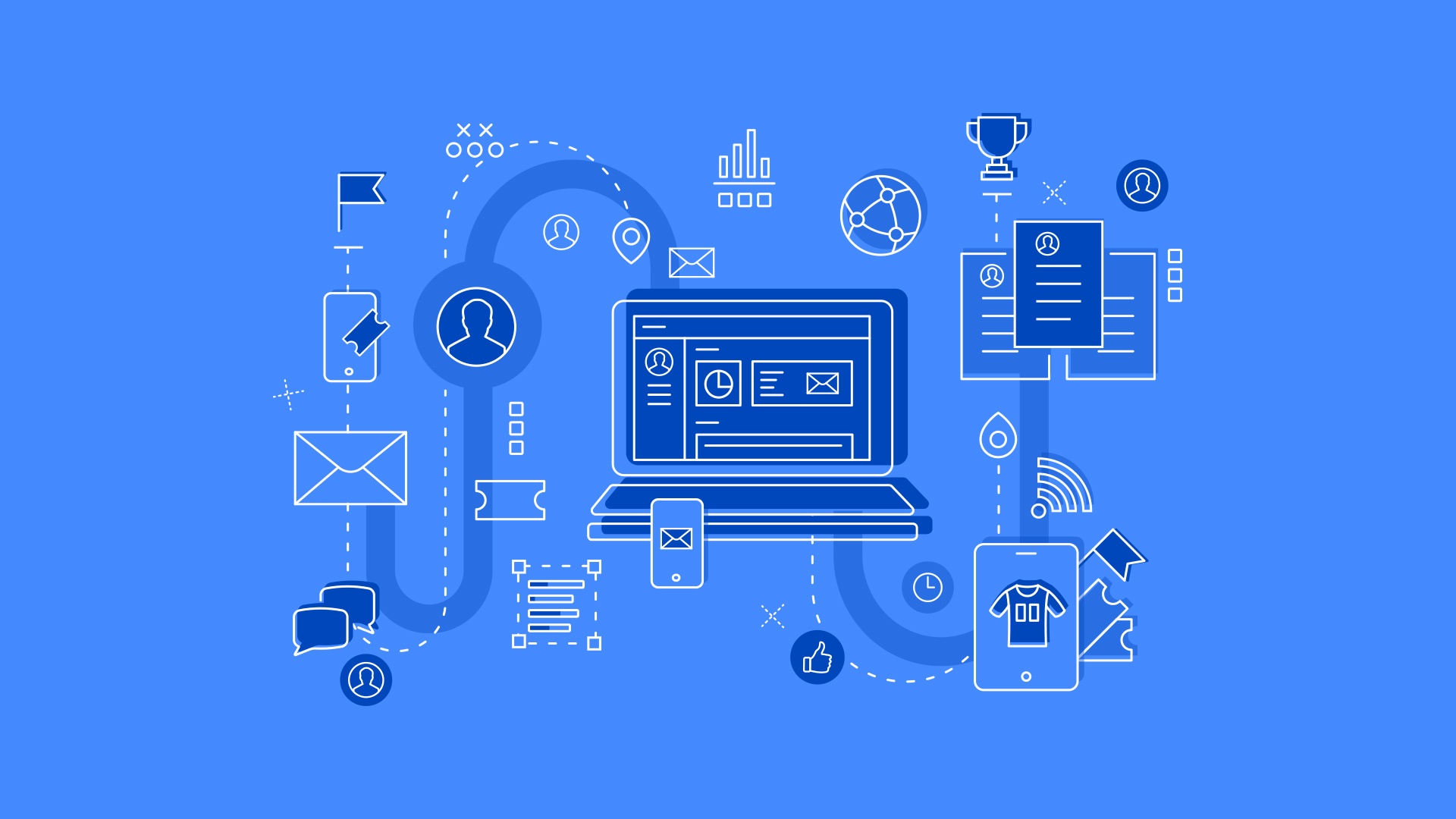Timing is everything. The popularity of the smartphone and the rise of the Internet of Things has created abundant sources of data. Now that we’re at the intersection of artificial intelligence and all the possibilities that machine learning represents, data is finally getting the type of expectation-shattering credit it deserves.
What that means is that organizations across nearly every industry will have much more data to take advantage of to offer seamless, personalized experiences for customers. While that’s a good thing, it can be difficult to make the most of all that data. Especially in larger organizations, attempts to synchronize complex projects and digitize environments can actually impede progress. Instead, an agile approach to incrementally improving on your concepts as you learn provides the best chance of success, as long as the organization focuses on the customer experience throughout. Remember the key part of the scientific method — only after hypotheses have been validated should you begin to implement on a greater scale.
Organizations that are new to a data-centric approach tend to overthink designing the perfect architecture and infrastructure when they should be focused almost entirely on business drivers that impact client value. A client-first approach will speed along the development of systems and infrastructure while producing more accurate results. It’s also important to understand the varying types of data available in the market and which sources are key to helping you achieve your business outcomes.
Not All Data Is Created Equal
There are three main types of data, and they each have unique pros and cons that dictate how best to use them. First-party data collected directly from customers by way of credit scores, self-reported demographic data (think about steps taken to create a Facebook account), or, at times, surveys, is arguably the most reliable. That said, the possibility exists for customer bias to influence answers in a less-than-ideal way. For example, survey questions can be leading, or respondents may answer based on their current mood, impacting the validity of their responses. In order to create trustworthy input, it’s important to focus on crafting questions that don’t lead or guide the response.
Third-party data is increasingly accessible, allowing organizations to aggregate it from multiple sources. The right data integration and infrastructure will allow you to quickly amass data on your customers, but the downside is that you have limited control over how the data was captured. This results in incomplete data sets, which can increase the likelihood of errors and may require extra cleansing. Keep in mind that greater impacts will potentially exist if humans intervene in the data-capture process.
User-generated data, such as permission-based information collection (e.g., connecting your Fitbit to MyFitnessPal and opting in), is some of the most reliable because it comes directly from the individual within his or her experience. It has its limits, however. If it’s in free-text form, natural language processors might be required to tap into the key information. You’ll also need to incentivize data sharing by the customer with a solid value proposition — otherwise, they may choose to input false data or not share their data at all.
To start, evaluate your primary business strategy to determine what data is key, and keep in mind how you plan to execute your contextual marketing and communications plans because that should influence how you approach capturing a unique identifier. From there, demographics are foundational for even the most basic of marketing strategies, but consumer behavior is best suited for intelligent services and predictive analytics.
Understand and define your desired business outcomes, as using customer data can improve your ability to reduce churn, increase profits, improve experiences, and grow your overall awareness to support decision making. But keep in mind that in today’s world, it also comes with a slew of privacy regulations that are important to consider.
Prioritizing Data Privacy
Data privacy will be in the headlines for a long time, and we’re only at the beginning. To draw a comparison, it’s similar to the evolution of the food industry, where clearly articulating what ingredients are contained in a product evolved from listing only the calories, fat, and carb content to citing non-GMO, organic, plant-based sources as well.
When it comes to data privacy, the four major areas of emphasis will be data permissions, controlling the accessibility of data, security and protection of privacy, and transparency in how data is used.
Transparency is a key first step in adhering to privacy regulations, and many companies are now putting customer privacy in the control of their audiences. Social standards are evolving, and organizations will be required to track data at a more granular level throughout their ecosystems. Certain platforms have already added features that enable users to remove data, and in the future, data systems will need to be more flexible to allow for individual control in order to maintain compliance.
Flexible data systems, unfortunately, are the most complex. Small companies and startups will have to contend with the cost increases associated with data solutions and evolving expectations. The benefit, however, will be a more trusting society and a new social contract between technology users and corporations.
Reaping the Benefits
Positioning your organization to recognize high-quality data and make the most of it will require you to challenge your team to dream big when it comes to data. Define clear outcomes, but encourage outside-the-box thinking about how to get there. Then, identify what you’ll need to achieve the outcome and lay out a decisive plan with specific requirements and clear ownership. Your hypothesis should tie directly to your desired outcome — test it thoroughly, and learn and adapt when the data tells you something unexpected.
Get your organization aligned with thinking differently, and always start with facts and an assessment of what data you have today. Make no mistake — merely democratizing data across more business units or integrating more sources won’t result in a new data-driven culture. Instead, hiring analytical minds and cultivating a fact-based environment will result in the slow but steady growth of a data-driven mindset. In such a setting, data analysis will provide evidence of both successful and unsuccessful initiatives that were previously untested hypotheses, and an organization can truly excel.
At the same time, don’t be fooled into thinking that more data is always better. It’s become common practice for organizations to merely state the total number of data points they have on a customer. Too often we spend time and resources on a large volume of data fields with a fill rate that is too low to provide an immediate benefit or even a long-term one. Instead, focus on the data that really matters, and look to sophisticated analytics to differentiate you from the rest of the field.

